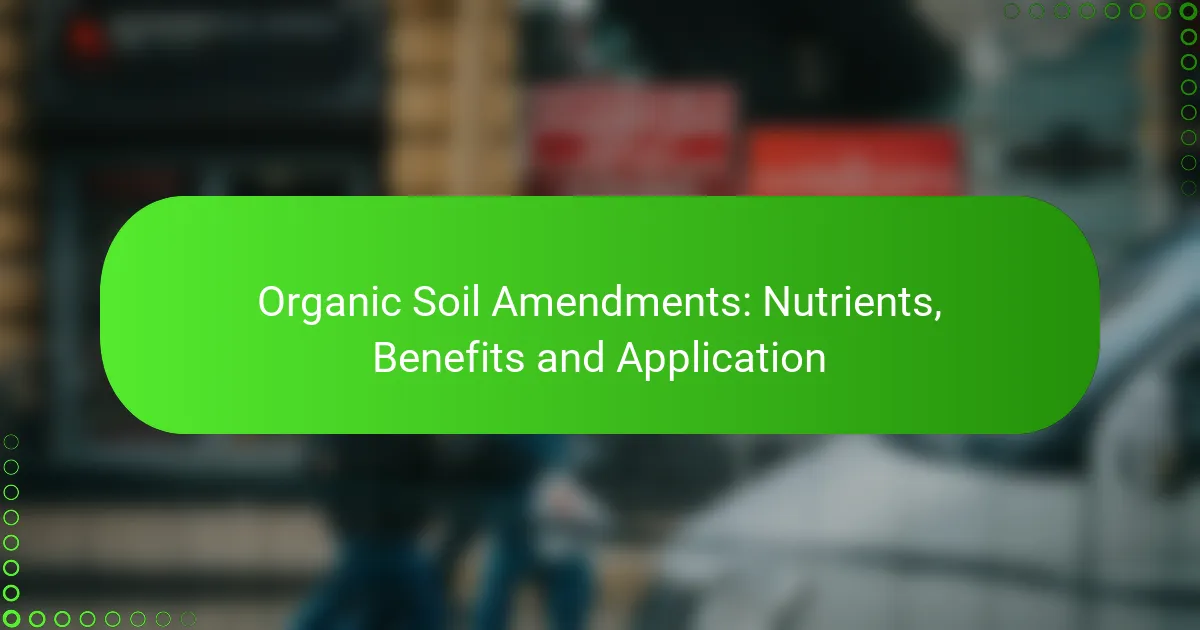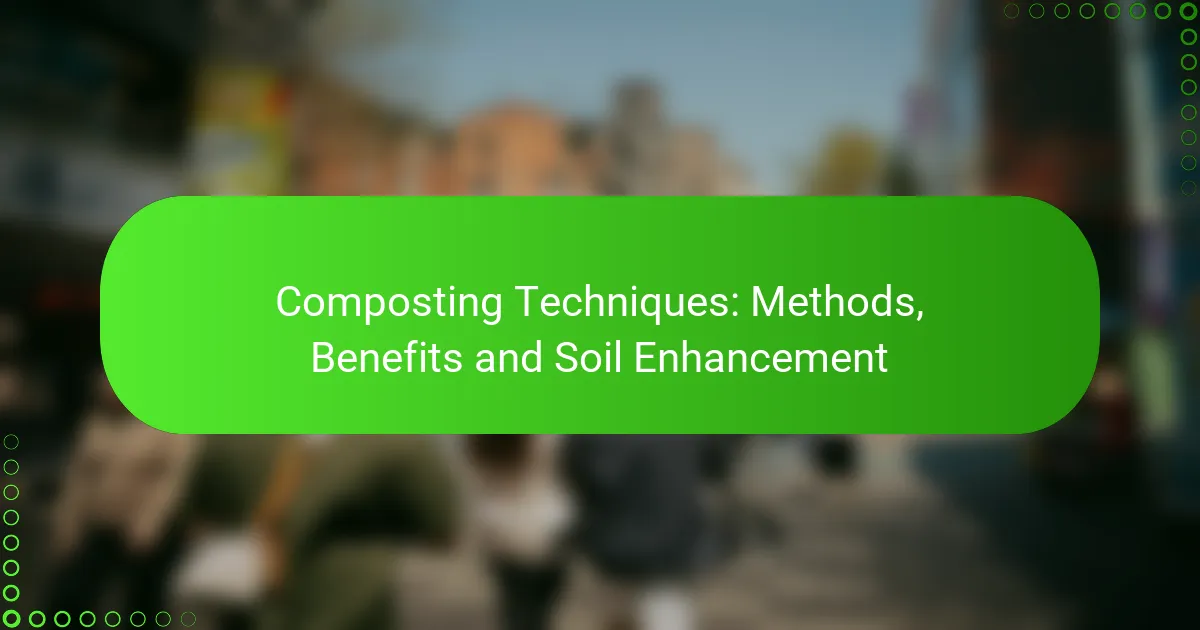Sandy and clay soils each possess unique characteristics that influence their suitability for various gardening and agricultural practices. Sandy soil, with its coarse texture and excellent drainage, is ideal for plants that require quick water movement, while clay soil, known for its fine particles, excels in moisture and nutrient retention but can hinder drainage. Understanding these differences is essential for optimizing plant growth and soil management strategies.
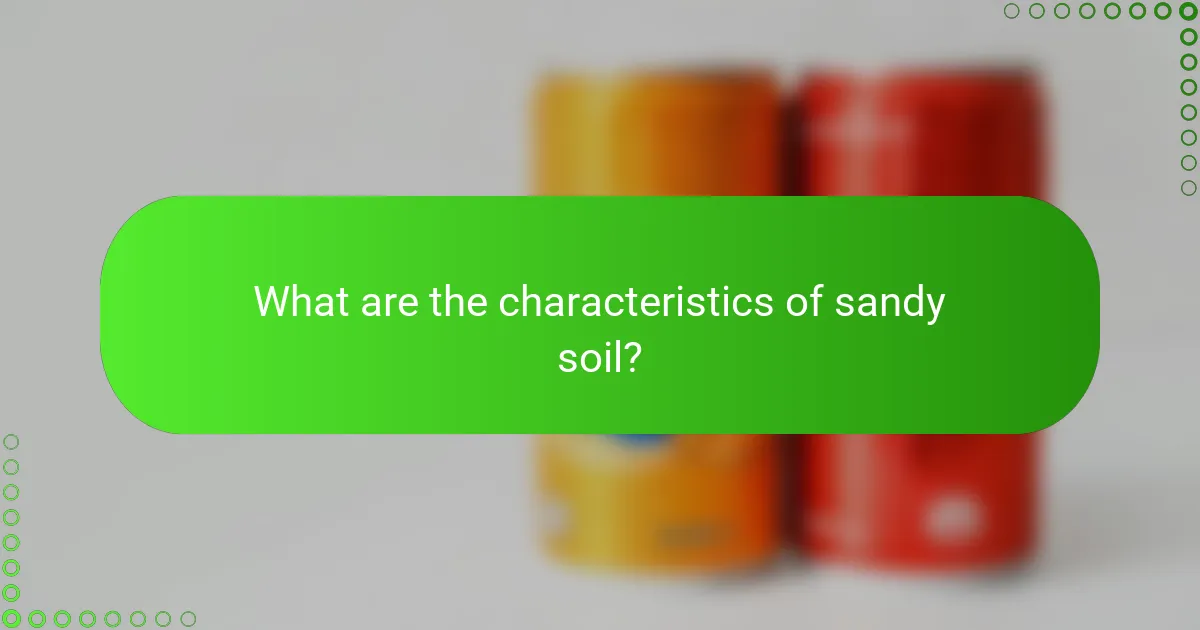
What are the characteristics of sandy soil?
Sandy soil is characterized by its coarse texture and high drainage capacity, making it distinct from other soil types. It typically consists of larger particles, allowing water to flow through quickly, which impacts its nutrient retention and temperature regulation.
High drainage capacity
Sandy soil has a high drainage capacity due to its large particle size, which creates ample space for water to move freely. This feature is beneficial for preventing waterlogging, making it ideal for plants that prefer drier conditions.
However, the rapid drainage can be a double-edged sword; while it helps avoid root rot, it also means that sandy soil may require more frequent watering, especially in hot climates.
Low nutrient retention
One of the main drawbacks of sandy soil is its low nutrient retention capability. The large particles do not hold nutrients well, leading to potential deficiencies for plants that rely on a rich nutrient supply.
To mitigate this, gardeners can amend sandy soil with organic matter, such as compost or well-rotted manure, which can help improve nutrient retention and enhance soil fertility.
Warm soil temperature
Sandy soil tends to warm up quickly in the spring, which can be advantageous for early planting. The rapid heating encourages seed germination and promotes faster growth during the growing season.
This characteristic makes sandy soil particularly suitable for crops that thrive in warmer conditions, such as melons and peppers.
Coarse texture
The coarse texture of sandy soil contributes to its aeration and drainage properties. This texture allows roots to penetrate easily, promoting healthy plant growth.
However, the lack of fine particles means that sandy soil can struggle to retain moisture, necessitating regular irrigation to support plant health.
Fast drying
Sandy soil dries out quickly after rainfall or irrigation, which can be a challenge for maintaining consistent moisture levels. This rapid drying can stress plants, particularly during dry spells.
To combat this, mulching can be an effective strategy, as it helps retain moisture and regulate soil temperature, benefiting plant growth in sandy environments.

What are the characteristics of clay soil?
Clay soil is known for its fine particles, which create a dense and compact structure. This type of soil retains moisture and nutrients well but can pose challenges for drainage and root growth.
High nutrient retention
Clay soil excels in nutrient retention due to its small particle size and high cation exchange capacity. This means it can hold onto essential nutrients like potassium, calcium, and magnesium, making them available for plant uptake.
For gardeners, this characteristic can be beneficial as it reduces the need for frequent fertilization. However, it’s important to monitor nutrient levels, as excessive retention can lead to nutrient imbalances.
Poor drainage
One of the main drawbacks of clay soil is its poor drainage capabilities. The compact nature of clay particles inhibits water movement, leading to waterlogged conditions after heavy rainfall.
To improve drainage, consider incorporating organic matter such as compost or peat moss. This can help break up the soil structure and promote better water flow.
Cool soil temperature
Clay soil tends to maintain cooler temperatures compared to sandy soils. This can be advantageous in hot climates, as it helps protect plant roots from extreme heat.
However, the cooler temperatures can also delay the warming of the soil in spring, which may affect the growing season for certain crops. Gardeners may need to choose heat-loving plants that can thrive in these conditions.
Fine texture
The fine texture of clay soil allows it to hold moisture effectively, but it can also lead to compaction. This compaction can restrict root growth and limit aeration for plants.
To mitigate compaction, avoid working the soil when it is wet, as this can worsen the problem. Instead, consider using raised beds or adding organic materials to improve soil structure.
Slow drying
Clay soil dries slowly due to its high water retention capacity. While this can be beneficial during dry spells, it can also lead to prolonged wet conditions, which may cause root rot in sensitive plants.
To manage moisture levels, implement a proper watering schedule and consider using mulch to help regulate soil temperature and moisture. This can prevent the soil from becoming overly saturated.
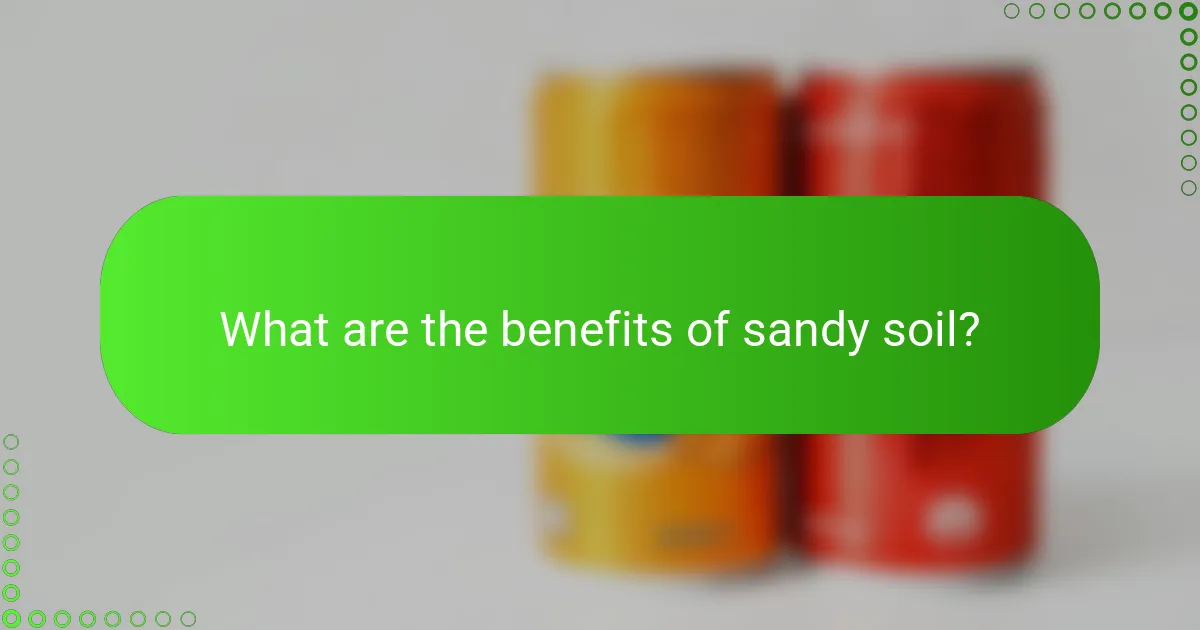
What are the benefits of sandy soil?
Sandy soil offers several advantages, particularly in terms of drainage and plant support. Its coarse texture allows for quick water movement, making it ideal for specific gardening and agricultural applications.
Ideal for drainage
Sandy soil is known for its excellent drainage capabilities. The large particles create ample space between them, allowing water to flow through quickly, which prevents waterlogging. This characteristic is particularly beneficial in regions with heavy rainfall or for plants that prefer drier conditions.
When planting in sandy soil, consider incorporating organic matter to enhance moisture retention while maintaining drainage. This balance can support a wider variety of plants and improve overall soil health.
Supports drought-resistant plants
Drought-resistant plants thrive in sandy soil due to its quick drainage and lower moisture retention. Species such as succulents and certain grasses are well-suited for these conditions, making sandy soil a good choice for xeriscaping or low-water gardens.
To maximize the benefits for drought-resistant plants, ensure proper spacing and consider mulching to reduce evaporation. This approach can help maintain soil temperature and moisture levels, promoting healthier plant growth.
Easy to cultivate
The loose texture of sandy soil makes it easy to cultivate and work with. Gardeners often find that tilling and planting are less labor-intensive compared to heavier soils. This ease of cultivation allows for quicker planting and harvesting cycles.
However, sandy soil can require more frequent fertilization due to its lower nutrient-holding capacity. Regularly adding organic fertilizers can help maintain nutrient levels and support healthy plant development.
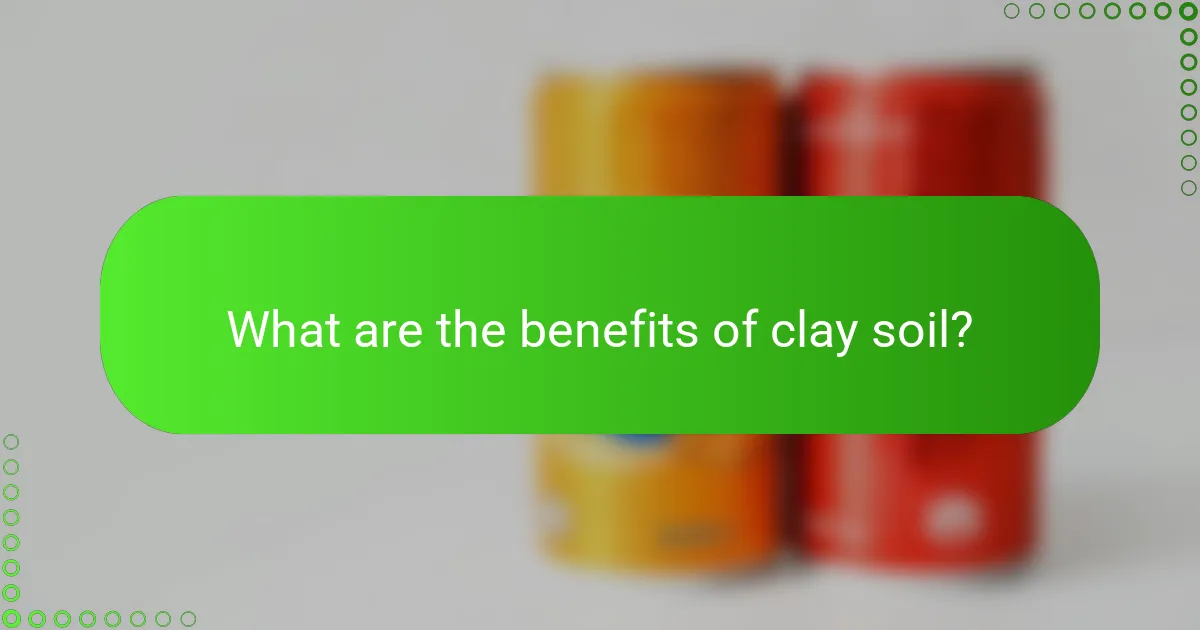
What are the benefits of clay soil?
Clay soil offers several advantages, including its rich mineral content and excellent moisture retention capabilities. These characteristics make it particularly suitable for certain types of plants and gardening practices.
Rich in minerals
Clay soil is known for its high mineral content, which can include essential nutrients like potassium, calcium, and magnesium. These minerals are crucial for plant growth and can enhance soil fertility over time.
When plants access these minerals, they often exhibit improved health and yield. Regular testing of clay soil can help determine its nutrient profile and guide amendments to optimize plant growth.
Supports moisture retention
One of the standout features of clay soil is its ability to retain moisture. This is particularly beneficial in areas with inconsistent rainfall, as clay can hold water for extended periods, reducing the need for frequent irrigation.
However, gardeners should be cautious, as excessive moisture can lead to root rot or other issues. Incorporating organic matter can improve drainage while still maintaining the moisture-retaining properties of clay.
Good for heavy-feeding plants
Clay soil is ideal for heavy-feeding plants, such as tomatoes and corn, which require substantial nutrients to thrive. The nutrient density of clay supports robust growth and can lead to higher yields.
When planting heavy-feeding crops, consider adding compost or fertilizers to further enrich the soil. This practice can enhance the nutrient availability and overall productivity of the garden.
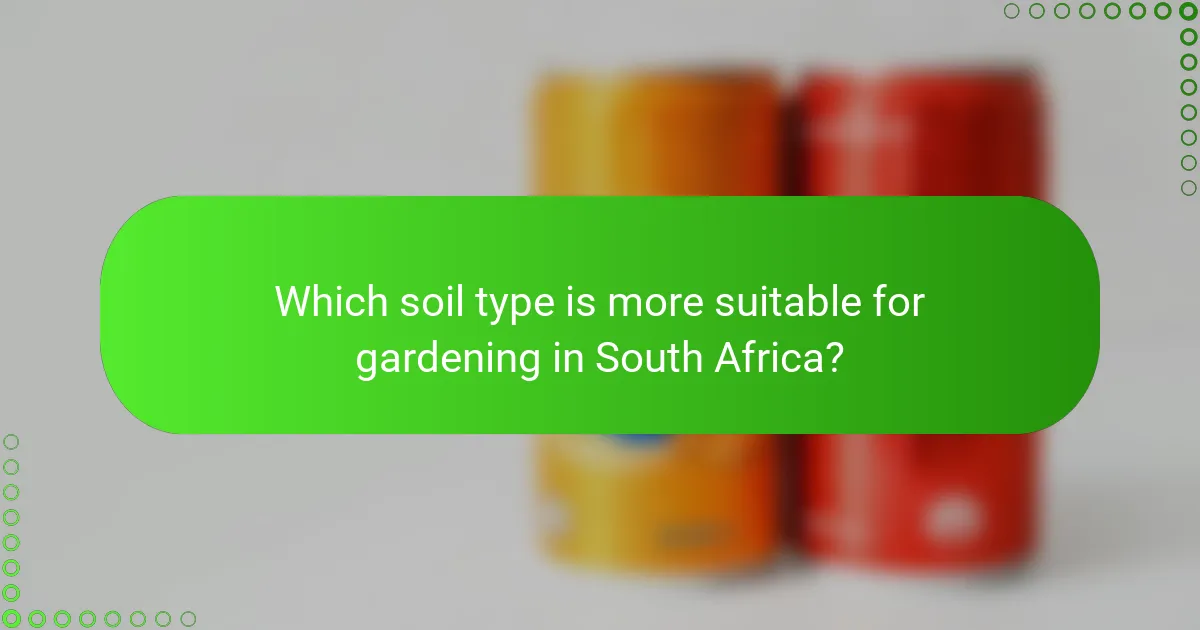
Which soil type is more suitable for gardening in South Africa?
In South Africa, sandy soil is generally more suitable for gardening than clay soil due to its excellent drainage and aeration properties. However, the choice between sandy and clay soil also depends on the specific plants being grown and local climate conditions.
Characteristics of Sandy Soil
Sandy soil is composed of larger particles, which allows for quick drainage and prevents waterlogging. This type of soil warms up faster in spring, making it ideal for early planting. However, sandy soil often lacks nutrients and organic matter, requiring regular amendments.
In South Africa, sandy soils are commonly found in coastal areas and some inland regions. They are typically low in clay content, which contributes to their loose texture and high permeability.
Characteristics of Clay Soil
Clay soil consists of very fine particles that pack tightly together, resulting in poor drainage and aeration. This type of soil retains moisture and nutrients well, which can be beneficial for certain plants. However, it can become compacted, making it difficult for roots to penetrate.
In South Africa, clay soils are prevalent in areas with heavy rainfall and can be found in regions like the Highveld. While they can support a variety of crops, they often require careful management to avoid waterlogging and compaction issues.
Benefits of Sandy Soil
The primary benefits of sandy soil include excellent drainage, reduced risk of root rot, and the ability to warm up quickly. These characteristics make sandy soil suitable for drought-resistant plants and vegetables that prefer well-drained conditions.
Gardeners can enhance sandy soil by incorporating organic matter, such as compost or well-rotted manure, to improve nutrient retention and soil structure. This practice can help create a more balanced growing environment.
Benefits of Clay Soil
Clay soil’s main advantages are its ability to retain moisture and nutrients, making it suitable for plants that thrive in rich, moist conditions. It can support a diverse range of crops, particularly those that require consistent hydration.
To improve clay soil for gardening, it is essential to add organic matter and practice crop rotation. These methods can help break up compacted soil and enhance its overall fertility and structure.
Suitability for Different Plants
Sandy soil is best suited for plants that require good drainage, such as succulents, herbs, and many vegetables like carrots and radishes. These plants thrive in well-aerated conditions and benefit from the quick drainage of sandy soils.
In contrast, clay soil is more suitable for moisture-loving plants, including many perennials, shrubs, and certain vegetables like potatoes and tomatoes. Understanding the specific needs of plants can help gardeners choose the right soil type for successful growth.








